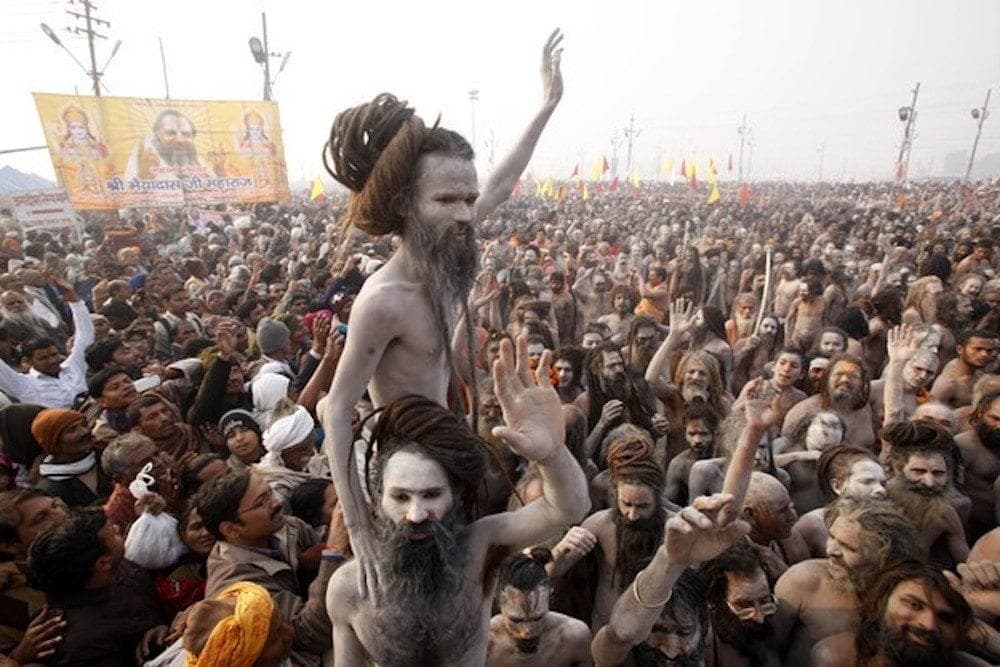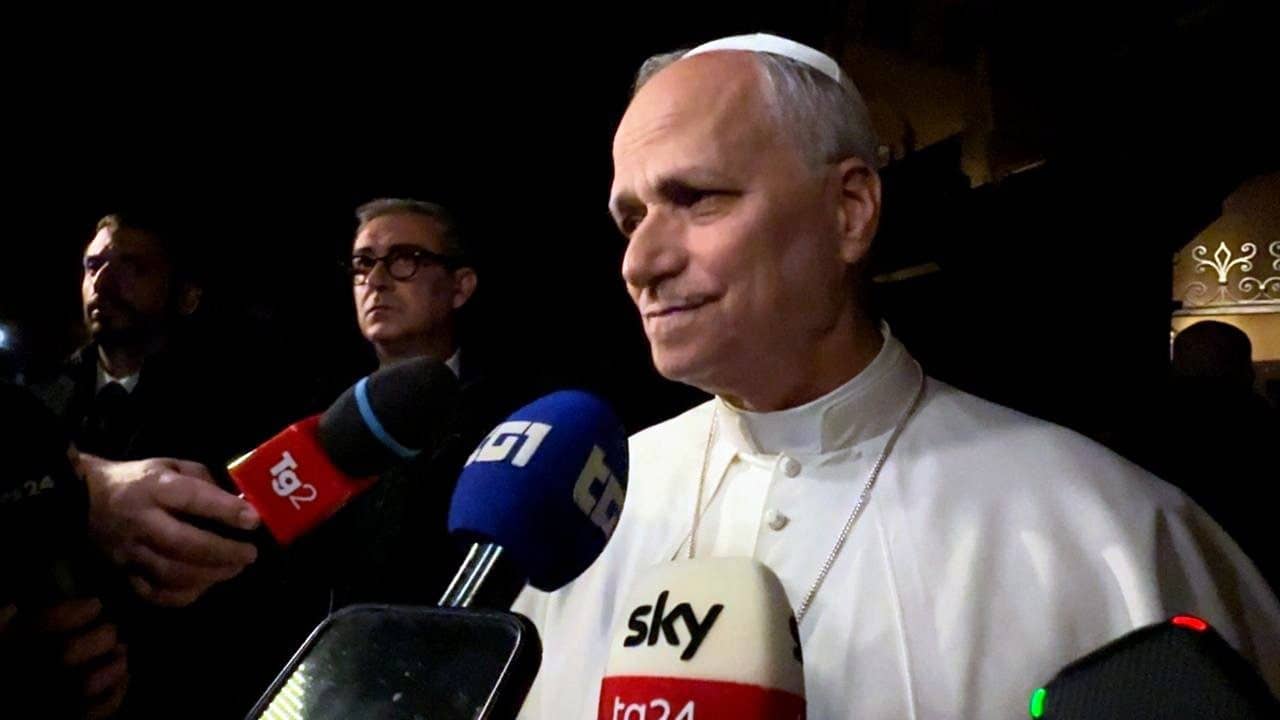MUMBAI — Whenever it’s held, the great Hindu festival of Kumbh Mela is considered the world’s largest single act of pilgrimage. It’s a legendary intersection of mystical minds, spirituality, festivity, adventure and a cultural extravaganza, and it’s happening right now in the holy city of Ujjain in India’s Madhya Pradesh state.
Some 50 million people are expected to throng to the city during April and May for a ritual bath in the sacred river called “Kshipra.” This time around, however, Hinduism’s millennia-old signature devotion is taking place with an assist from the local Catholic Church.
Bishop Sebastian Vadakel of Ujjain told Crux that the Church is offering a variety of services to pilgrims who come through the city for the festival, including free medical assistance in a special dispensary, care for children, and help for the disabled with free transportation and wheelchair facilities within what’s known as the “mela area.”
On May 12, the Church is also planning to stage a special ceremony in collaboration with other faiths represented in Ujjain to honor the Hindu holy men and religious sages who come to the city to participate in the festival, Vadakel said.
Vadakel said the Church is mobilizing to help the Hindu pilgrims in the spirit of the special jubilee Year of Mercy called for by Pope Francis.
“In this Year of Mercy, the local church in Ujjain is joining the whole Church in sharing the love of Jesus with everyone around, especially those who come seeking an experience of God,” Vadakel said.
“These small acts of love and mercy are rendered for the Glory of God and the love of our neighbour,” he said.
The Kumbh Mela devotion is set to run from April 22 to May 21, and generally draws strong numbers of foreign pilgrims and tourists in addition to Indians themselves.
The festival is believed to date to India’s Vedic age, meaning 1500 to 500 BCE, the period in which Hinduism’s Vedas, or scriptures, were composed. It rotates among four principal locations, and takes place in Ujjain when certain astrological phenomenon line up – specifically, when the sun is in the sign of Aries and Jupiter is in the sign of Leo.
The township created to host the event is spread across more than 7,400 acres, and is divided into six zones and 22 sectors.
The main ritual involved is the ritual bath. Hindus believe that submerging themselves in the sacred waters on the most auspicious day of the new moon will absolve them and their ancestors of sin, thus ending the cycle of rebirth.
On the first day of the “Shahi Snan,” or royal bath, processions of holy men paraded through the town before the sun came up, brandishing traditional swords and tridents, dancing and chanting mantras, to the sound of conches and traditional musical instruments, moving in procession to take a holy dip in the Kshipra river.
Naked Hindu holy men, called “Naga Sadhus”, took the lead as is customary and plunged into the river, followed by others. After bathing, the pilgrims wear fresh clothes and proceed to worship by the river bank. They then walk around listening to discourses from the various sages and holy figures.
“Kumbh” means pot or pitcher, while “mela” means festival or fair. Hence, the Kumbh Mela means “festival of the pot,” specifically relating to a pot of nectar in Hindu mythology.
According to the tradition, a churning of the ocean threw up the nectar of immortality. Both gods and demons were part of the churning process, and it was decided that nectar would be shared equally between the two groups.
However, a fight broke out, which went on for 12 human years. During the battle, a celestial bird called Garuda flew away with the Kumbh holding the nectar. Drops are believed to have fallen in the places that the Kumbh Mela is now held – Prayag (Allahabad), Haridwar, Nashik, and Ujjain.
In each location, the festival is held after every 12 years. In between, in the sixth year, a smaller devotion called the Ardh Kumbh Mela, or “half mela,” takes place.
A local priest told Crux that the Church-run dispensary launched for the festival is open from 8:00 a.m. to 8:00 p.m. each day, and there are two doctors, 6 nurses and 2 helpers rendering medical services free of cost.
On average he said, around 150 pilgrims take advantage of the services each day. Most illness are heat-related, with temperatures soaring in excess of 100 degrees each day in Ujjain.
Another important event at the Kumbh this year is a three-day international philosophic convention which will be inaugurated by Mohan Bhagwat, leader of an ardently nationalist Hindu movement called the RSS, on May 12, and concluded by Indian Prime Minister Narendra Modi on May 14.
Observers say the services being offered by Catholics in Ujjain may help calm religious tensions in predominantly Hindu India, where the small Christian minority has complained of an increasingly difficult climate since Modi’s rise to power in 2014.

















